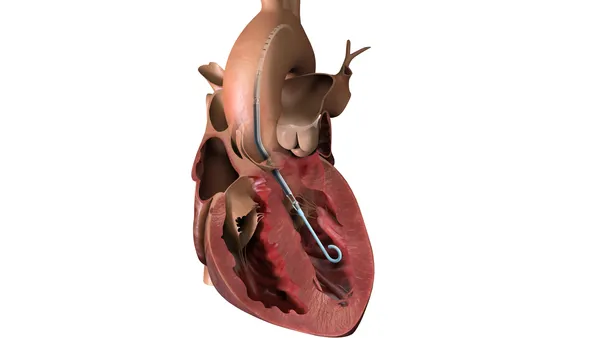Dive Brief:
-
FDA has initiated a pilot program to give developers of optical coherence tomography (OCT) devices the chance to discuss premarket performance testing recommendations.
-
OCT devices play an important role in the detection and management of eye diseases but their 510(k) path to market is hindered by the lack of FDA-recognized consensus standards or guidance documents about performance testing.
-
As the absence of such documents is leading companies to submit 510(k) filings that fail to show substantial equivalence, FDA is initiating a pilot program to make the regulatory review process more consistent and predictable.
Dive Insight:
OCT devices and associated technologies make up a small but growing part of the 510(k) filings sent to FDA. So far this year, FDA has cleared seven submissions with the OCT product code. The figure is already up on 2017 and way up on the number from years gone by, when FDA cleared two or three OCT devices a year.
As its OCT workload has increased, FDA has identified shortcomings in the information provided to the sector. FDA’s recognition grew out of the consistency with which its reviewers have had to ask OCT manufacturers for new data, analyses and other information to process their 510(k) filings. The frequency of the requests and the fact they came as surprises to the manufacturers suggested to FDA that companies do not understand its premarket testing expectations.
Given the requests “greatly contribute” to increased 510(K) processing times, according to FDA, the agency wants to reduce the back and forth with applicants to help it hit the total time to decision targets it committed to in the most recent medical device user fee agreement in Congress.
The pilot program is FDA’s response. Participants in the program will talk to FDA’s review team, either in person or on the phone, and provide feedback on the agency’s testing recommendations. In doing so, FDA hopes to “yield a mutual, clear understanding of the information necessary to demonstrate substantial equivalence.” FDA is only accepting nine participants into the pilot program.
A relatively small number of companies are likely to compete for those places. FDA’s database of 510(k) clearances features 45 filings with the OCT product code. Carl Zeiss, Heidelberg Engineering, Optovue and Topcon account for 75% of those successful submissions. It is possible more companies have tried to bring OCT devices to market only to learn their 510(k) filings lack the required data.











